Why investors are on the frontline of Cold War II

World order has never been so complex for investors. The US and China have entered a new phase of long-term strategic global competition. America has moved decisively from engagement to containment of China’s technological, economic and military power. Globalisation has created new arenas for renewed ‘Great Power’ competition: financial markets; cyber and outer space; technology; the corporate world. As world order bifurcates, investors are on the front line.
This piece was originally written for The Ruffer Review 2020, which was published before the outbreak of the Coronavirus pandemic. It reflects long-held views regarding an ongoing shift to a more volatile world order with generational investment implications. A new Cold War between the US and China is a central part of this thesis. As in so many other dimensions, the present crisis has simply acted as an accelerant.
The post-Cold War era has been benign for financial assets—despite several spectacular market busts. Three decades of above-inflation returns have been underwritten by globalisation, falling interest rates, lower inflation, technological progress and geopolitical stability. Sitting at the crossroads of them all has been China and its re-engagement with the West.
Two tectonic shifts during the original Cold War made this possible. First, the Sino-Soviet split (1956-66), which sundered the Communist bloc. Second, American defeat in Vietnam and the subsequent US commitment to regional stability in South East Asia. This provided the backdrop to Premier Deng’s ‘reform and opening-up’ era in China from 1978 onwards. The result? Cheap Chinese labour and an artificially-depressed yuan exchange rate exerting downward pressure on inflation and interest rates worldwide. Returns on capital climbed. The Great Moderation had begun.
China’s re-emergence was part of a wider regional story of extraordinary economic growth which has permanently reshaped the global political economy. Successive American administrations assumed that economic engagement would lead to political change in China. When the People’s Republic was simply the world’s low-cost workshop, it was easy to ignore the fact that political reform had gone into reverse after 1989’s Tiananmen Square massacre of pro-democracy activists. But with China’s rapid move up the value chain and into high tech industries, the reach of the Chinese regime has expanded tremendously—right into the nervous systems of Western governments, businesses and homes. Suddenly, the nature of China’s political system matters again.
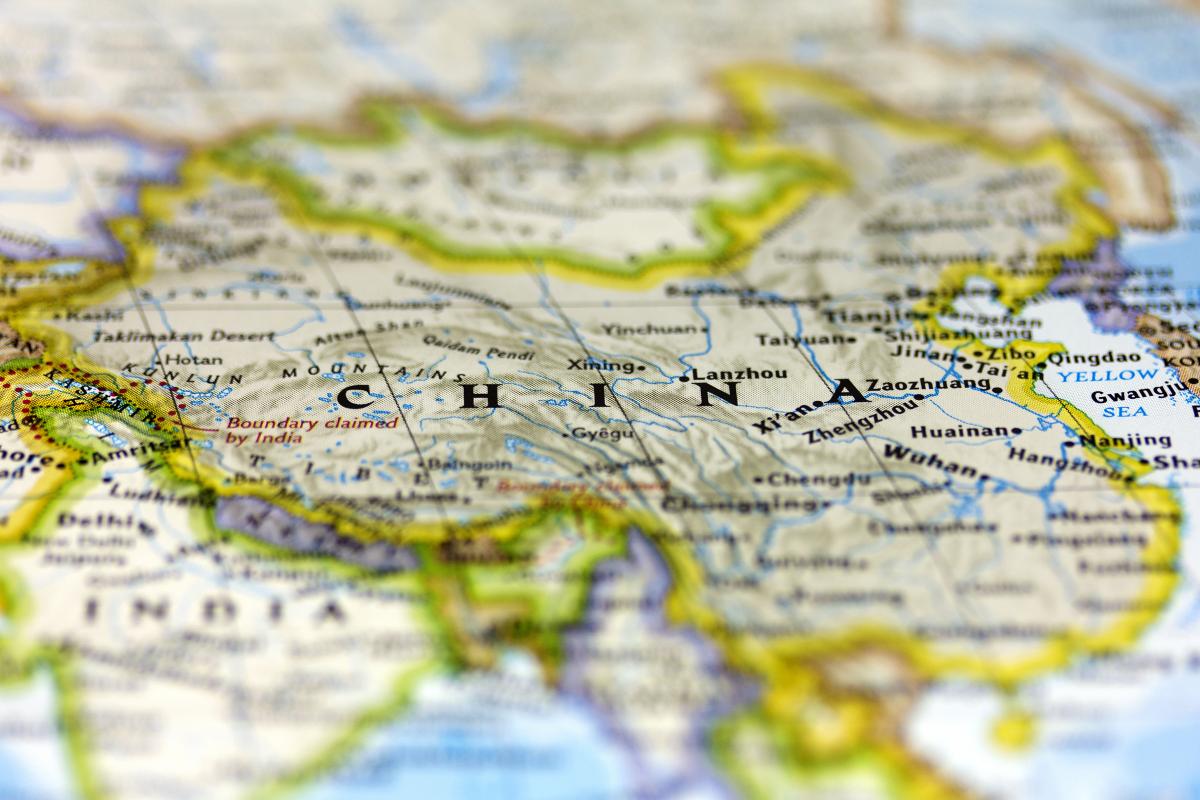 The blink of an eye
The blink of an eye
The year 2001 may be remembered for the 9/11 terrorist attacks, but China’s admission to the World Trade Organisation that December was arguably of greater long- term significance.
America became the focus of China’s export-led economic development model with US dollar assets comprising the bulk of China’s ballooning foreign-exchange reserves. Chinese purchases of US dollar debt pushed up prices of US government bonds, thereby helping to keep interest rates low. In turn this encouraged excessive borrowing and asset price bubbles. Trade was the making of the geo-economic colossus ‘Chimerica’.
Access to the US-led world trading system, the market mechanism and Western technology combined with modern business management enabled China to move from an essentially feudal, agrarian economy to an urbanising and industrial one in the historical blink of an eye. Kevin Rudd, former Australian Prime Minister and seasoned China watcher, observed that China’s rapid ascent has been like “the English industrial revolution and the global information revolution combusting simultaneously and compressed not into 300 years, but 30”.
Western businesses were happy to part with valuable intellectual property for a slice of this rapidly growing pie. All the while, the US-led response to the 9/11 attacks—two decades of blood and treasure-sapping diversions in the Middle East—merely disguised the more fundamental shift in world order. America’s long ‘unipolar moment’ was passing.
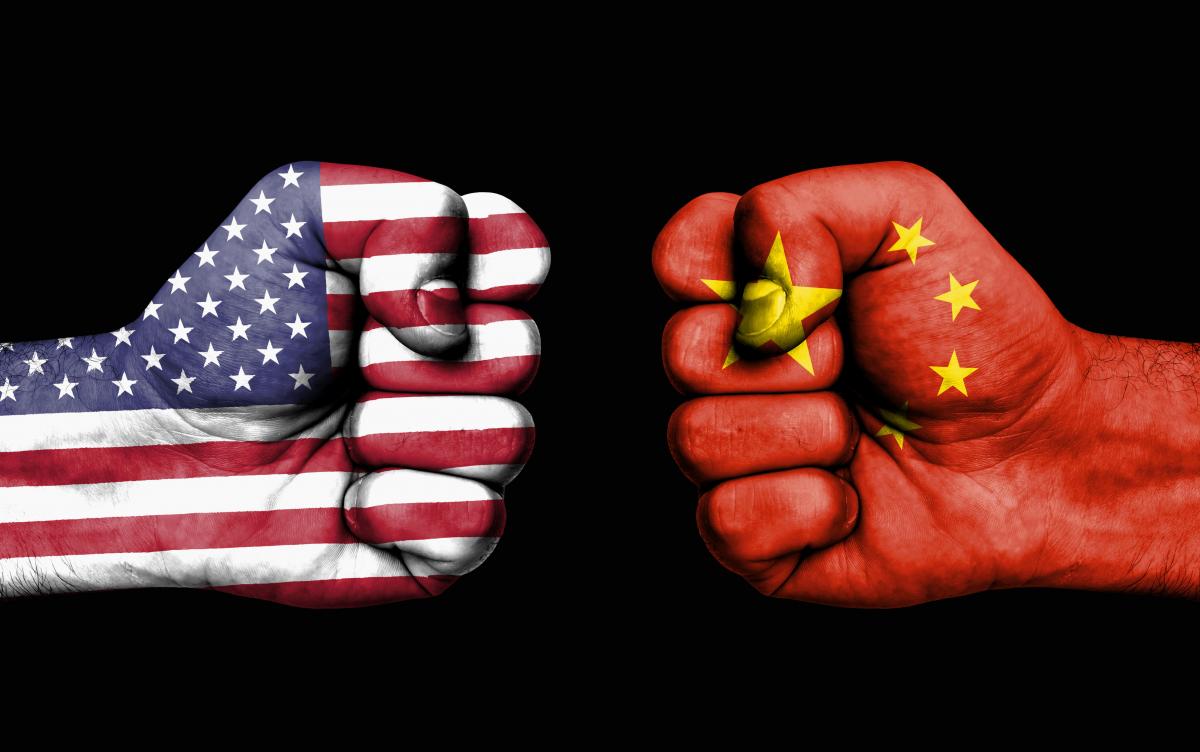 Different direction
Different direction
If ‘Chimerican’ symbiosis has underpinned the golden market era since the Cold War, Sino-US disengagement could achieve the opposite.
In our highly globalised world, the potential economic damage from a superpower stand-off is much greater than in the divided world system which existed from c 1945 until the collapse of the Soviet Union in the early 1990s. Then, the principal risk was armed conflict between East and West; economic interlinkages were minimal. In 1980, for example, the value of trade between the Soviet Union and the US totalled about $2 billion for the year. In 2019, trade between the US and China was worth about $2 billion per day (1). China’s economy is already estimated to have surpassed that of the US in purchasing power parity terms. In the 1980s, the Soviet Union probably never totalled much more than about half of US economic output.
Today, the economic stakes could not be higher. We have moved from a world of nuclear-tipped Mutually Assured Destruction (MAD), to MAD economics.
The long view
Many investors seem fixated on the short term, with sentiment tracking each twist and tweet in US-China trade tensions. To understand why a trade deal will solve little, however, we need a longer view.
For China, entry to the economic super-heavyweight division is simply a return to the historical mean. For much of its history, China has possessed the world’s largest economy. For the Middle Kingdom’s Asia-Pacific neighbours, a centuries-old imperial tribute system confirmed China’s position at the centre of the universe.
Yet from the First Opium War (1839-42) and the Treaty of Nanking (the first ‘Unequal Treaty’) until the foundation of the People’s Republic in 1949, China was repeatedly humbled by foreign powers. The contrast with its own imperial history and self-image as mankind’s pre-eminent civilisation was—and remains—acutely painful.
The Chinese Communist Party’s (CCP) authority rests in part on avenging this historical humiliation and on maintaining domestic harmony and political stability, long the paramount objectives of Chinese policymaking; individual rights are, at best, an afterthought. Together with continuing economic growth, these aims form part of President Xi’s “great rejuvenation of the Chinese nation” which will see China re-take its rightful place as the pre-eminent world power, dominate the industries of the future, and cement the CCP’s claim to the ancient ‘mandate of heaven’.
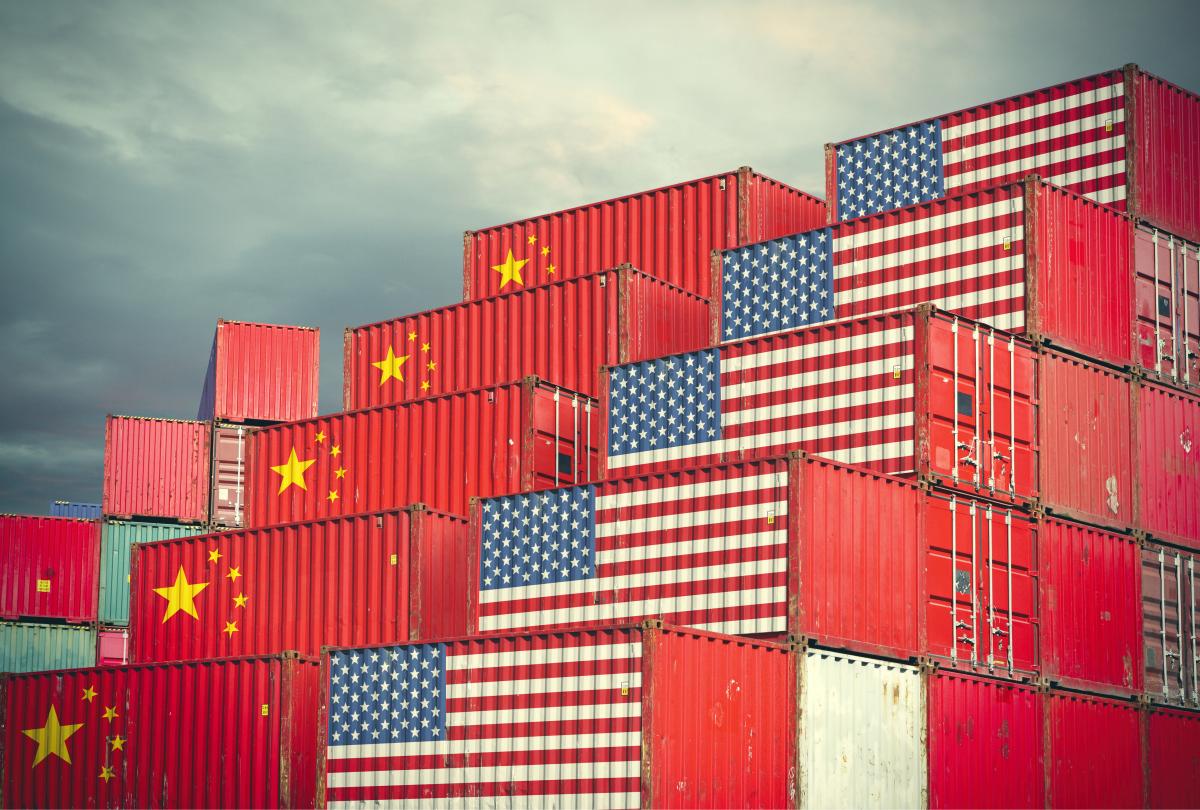 A chronic deficit leads to conflict
A chronic deficit leads to conflict
Here we return to trade wars of a more literal variety, for it was out of an earlier hegemonic trade dispute that the Century of Humiliation was born. Late eighteenth century Britain was industrialising rapidly. It also ran a chronic trade deficit with China, from which it imported silks, porcelain and tea. Access to Chinese markets, however, was tightly regulated by the Canton system. British diplomat Lord Macartney headed an embassy in 1793 which aimed to expand trade with China, but failed. Anxious to stem the deficit, British merchants began smuggling opium. This reversed the deficit but carried a huge human cost. Angry Chinese authorities suppressed the trade, triggering a response from British gunboats in 1839. The resulting Qing Dynasty defeat in the First Opium War saw China forcibly opened for trade with the Treaty of Nanking.
Tariffs may have replaced gunboats, but it is plain to see how hard it would be for any Chinese government to sign another ‘Unequal Treaty’ that carried any whiff of Nanking. This historical experience also informs the CCP’s determination to dominate advanced industries. In the eighteenth century, the Qianlong Emperor’s eschewing of Western technology ultimately proved fatal to the Qing regime. The CCP does not intend to make the same mistake. Its solution? ‘Made in China 2025’, a full spectrum effort to dominate strategic industries of the 21st century: 5G, robotics, AI, quantum computing, space and more. Western firms fretting about sanctions preventing sales of sophisticated products to China miss the point: the CCP intends to stop buying Western tech as soon as domestic alternatives are available. Meanwhile, China’s Belt and Road Initiative (BRI) aims to create a “Community of Common Destiny for Mankind”, CCP-speak for a China-centred geo-economic order to rival America’s. BRI-related lending, critical infrastructure, trade and political influence are designed to give the CCP leverage over a vast swathe of mankind. Just as the Via Romana of the Roman Empire paved the way for the legions, where China’s trade and industry lead, its political and military power will follow.
China’s deep sense of civilisational uniqueness, its historical grievance and an understanding of society which prizes order and social harmony above individual rights differ profoundly from America’s foundation mythology. The preamble to the US Declaration of Independence opens: “We hold these truths to be self-evident, that all men are created equal, that they are endowed by their Creator with certain unalienable Rights, that among these are Life, Liberty and the pursuit of Happiness.” The only thing self-evident about the preamble, however, is that it is the product of Judeo-Christian civilisation. The text continues that the “consent of the governed” is essential, and that people are entitled to remove governments that fail to uphold their rights. Such sentiments are alien to Chinese tradition—and an existential threat to the CCP. Where growing CCP authority overlaps with political ideas derived from the Western tradition, the result is tension and, increasingly, conflict. Hong Kong is on the front line of a clash of civilizations.
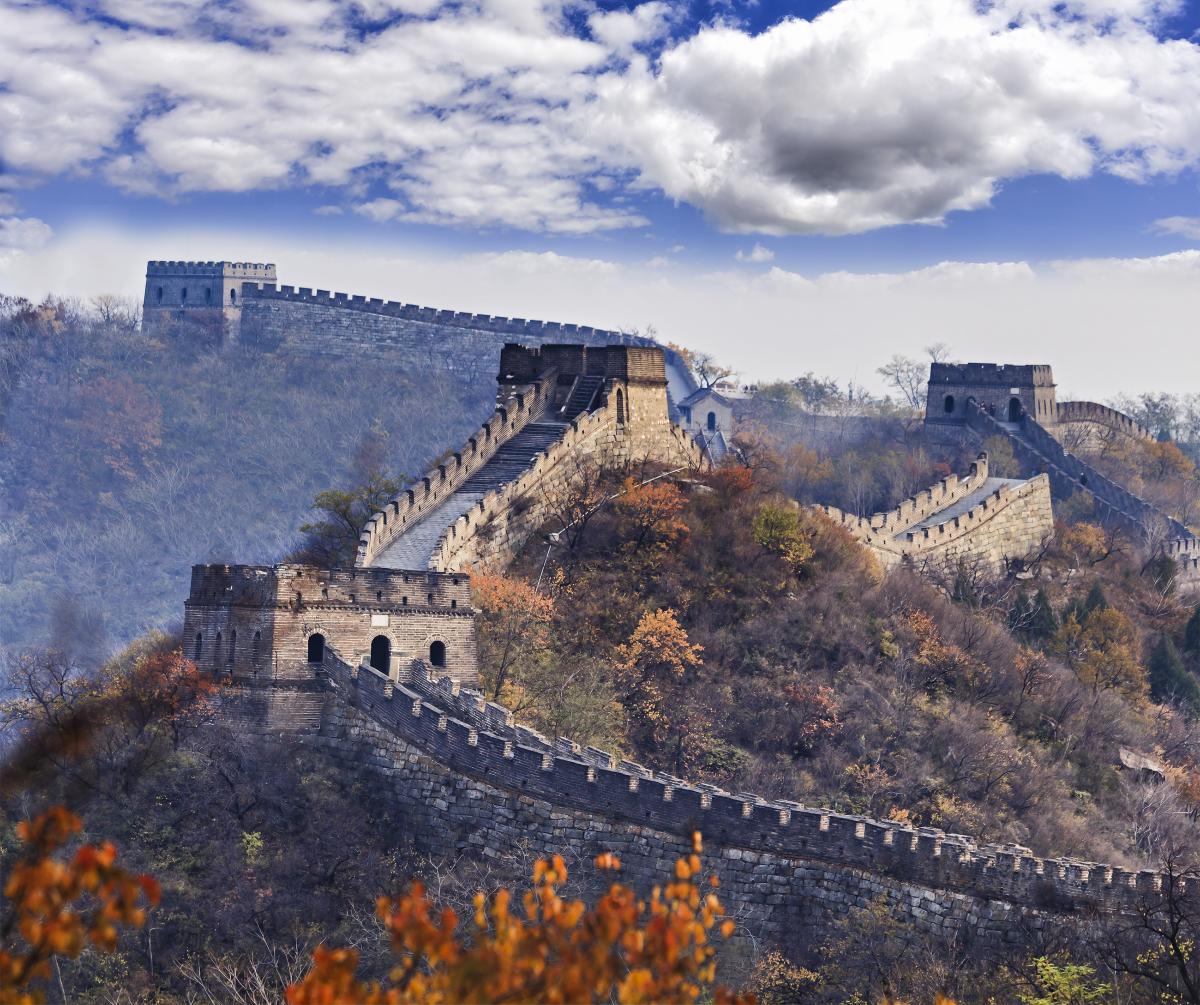 Unwelcome clues
Unwelcome clues
Mainland China has thus far remained resistant to these Western universalist assumptions, despite rapid economic advances. A wasted quarter-century has left Western policymakers acknowledging that they got China wrong and asking: now what?
History holds unwelcome clues. Harvard historian Graham Allison coined the term ‘Thucydides’ Trap’ – the idea that the threat of a rising power to an incumbent is often a trigger for war. In The History of the Peloponnesian War, Thucydides wrote that “it was the rise of Athens and the fear that this instilled in Sparta that made war inevitable”. Allison examines 16 successive examples of this phenomenon: war resulted on 12 occasions. I would argue that the degree to which powers come into direct competition—military but also economic—is at least as important in determining whether the trap gets sprung.
The US has long been the unchallenged underwriter of Asia-Pacific security. Now, China wants America out of its geopolitical backyard—one that is home to over half the planet’s population, and to much of this century’s prospective economic growth. Multiple incidents across East and South-East Asia point to the rapid decline of the strategic order which has been so propitious for regional prosperity, ranging from North Korean missile tests to Chinese incursions into other nations’ territorial waters.
Other warning lights are flashing. Vice President Pence’s address at the Hudson Institute in 2018 heralded an overtly hawkish shift in official US rhetoric. Whilst “Beijing still pays lip service to ‘reform and opening’, Deng Xiaoping’s famous policy now rings hollow”, Pence noted. Its trade policies are “inconsistent with free and fair trade” and “a new wave of persecution is crashing down on Chinese Christians, Buddhists, and Muslims”. The clash of values is becoming impossible to ignore. Facing down China is now one of the few truly bipartisan issues in America.
 New front lines
New front lines
The digital dimension is another way in which this hegemonic competition differs from its antecedents – and in cyberspace, the strategic struggle is already hot. With minimal economic, technological, cultural and educational interaction, options for direct confrontation in Cold War I were limited—unless you wanted to risk nuclear war. Buffer zones were physical; proxy conflicts were military. Cyberspace collapses buffers and allows an adversary potential access to the heart of your economy, politics and society. Everyone and everything is on the front line.
Proxy wars can now be fought in the corporate world, too. As a partially-capitalist economy, China’s corporations bestride the globe as the CCP’s outriders. By law, Chinese firms owe ultimate allegiance to the state (read: CCP). Huawei is the most high-profile casualty so far. If data is the new oil, just as the US Navy has no intention of ceding the world’s arterial shipping lanes to Chinese power, America will not want China to dominate the shipping lanes of the twenty-first century: telecommunications.
Real sea lanes are contested, too. The People’s Liberation Army Navy now boasts more hulls than the US Navy. A Soviet-style parade in Beijing in October 2019 featured hypersonic missiles and advanced jets, hinting at the rapid advances in technology which are further destabilising the existing order. In 1906, the Royal Navy launched HMS Dreadnought, the world’s first all-big-gun battleship. Overnight, all other warships became obsolete. Rapid technological advance risks rendering swathes of existing capability redundant overnight, encouraging precautionary military spending.
A more traditional hard power stand-off is developing in and around the South China Sea. Following its withdrawal from the Intermediate-range Nuclear Forces Treaty, the US is poised to deploy medium-range ballistic missiles in the region: “sooner rather than later”, according to Defense Secretary Mark Esper. Taiwan tensions are also rising. Taiwan’s ‘reunification’ with the mainland is core to Xi’s aim of rejuvenation, but events in Hong Kong have strengthened the hand of those Taiwanese who seek greater distance from Beijing, as President Tsai’s emphatic re-election recently highlighted. With ‘rejuvenation’ due to be completed by 2049 – the 100th birthday of the People’s Republic – the clock is ticking, and America is pledged to Taiwan’s defence.
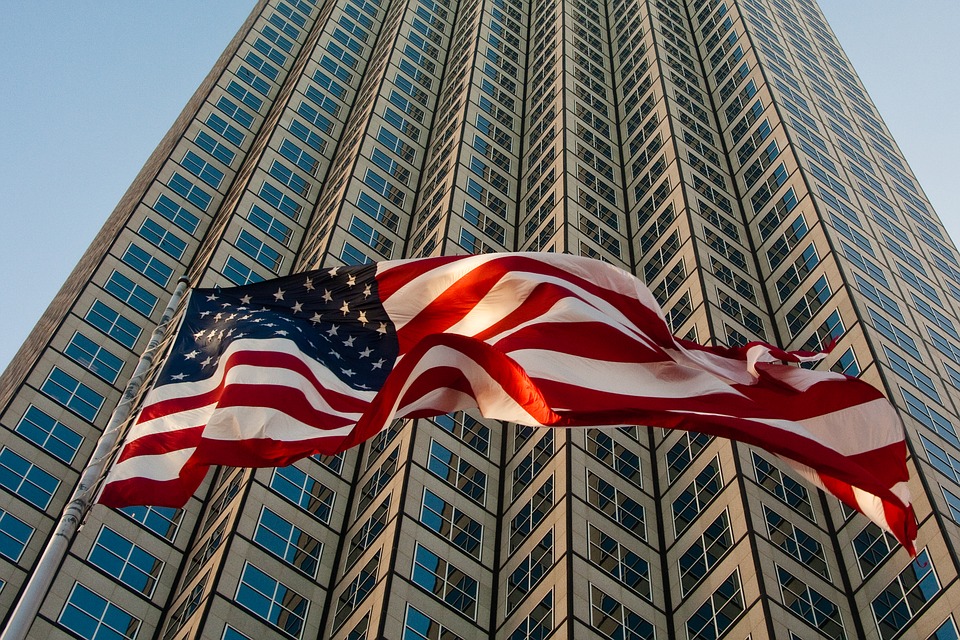 Split loyalties?
Split loyalties?
South-East Asia poses tricky questions for asset allocators. Many of the region’s nations rely on the US for military and political muscle but all—including countries such as Australia—are more reliant economically on China than the US. To date, many of these South-East Asian countries have been beneficiaries of the trade war. Vietnam, for example, has seen huge increases in foreign direct investment as supply chains have relocated from China. India, Thailand, Japan and Taiwan are also winners. But will the US be content to continue providing for these countries’ defence if the world divides around, say, different technological standards, or will tough choices have to be made?
China’s leaders know that they must act quickly to reduce dependence on American technology, US dollars and overseas energy. Meanwhile, responsible corporate management will re-engineer supply chains to minimise future risk. Rapid technological advances will supercharge this trend. The auto industry, for example, has long been the poster-child of globalised manufactured goods. As old technologies are retired, however, businesses are likely to consolidate production of new models with shorter supply chains—a further tailwind to this de-coupling. Pandemic disease risks will also focus minds. Economic disentanglement will accelerate. Alongside China, Germany looks especially vulnerable as a large manufacturing and exporting economy.
Cold War II comes at a vulnerable moment for the CCP. Every major economy with a per capita GDP of more than c$10,000 is a democracy. China is approaching this level of wealth, seeking to become the first autocracy over the line. Will it succeed? China’s financial system looks vulnerable. Over-indebtedness remains a chronic issue, complicated by an ageing population. The historic challenge to keep China together and stable remains real. The CCP’s authority rests on competence, prosperity and ‘national resurrection’. A material knock to any of these pillars would be dangerous and could emerge out of the blue. A botched response to a major disease, for example. The Orwellian Social Credit system of which Pence also spoke is as much a confirmation of fragility as it is of strength, as is the ‘Golden Shield’ public surveillance project. Surveys suggest that more than one fifth of urban Chinese consumers would permanently leave China, given the chance. This rises to over one third in the high-income bracket, suggesting widespread discontent. Simultaneously, the Xi era has—so far—been characterised by a growing Mao-style cult of personality around the president and the tightening grip of the CCP over politics, society and the economy. In Xi’s own words: “the Party leads everything.” The reform and opening era instigated by Deng is under threat, and China’s long-term economic prospects with it.
As the CCP grapples with these challenges, America has moved decisively from engagement to containment of China’s technological and economic power, and its geographical, military and political reach. Regardless of any trade deal, de-globalisation of supply chains critical for national security will gather pace. In time, hegemonic economic blocks with their own primary currencies, bond markets and business and credit cycles may emerge. China simply cannot offer the sort of concessions which the West quite reasonably demands – equal treatment for companies operating in China’s internet or domestic market, for example – because these would undermine the CCP’s hold over China’s economy and society.
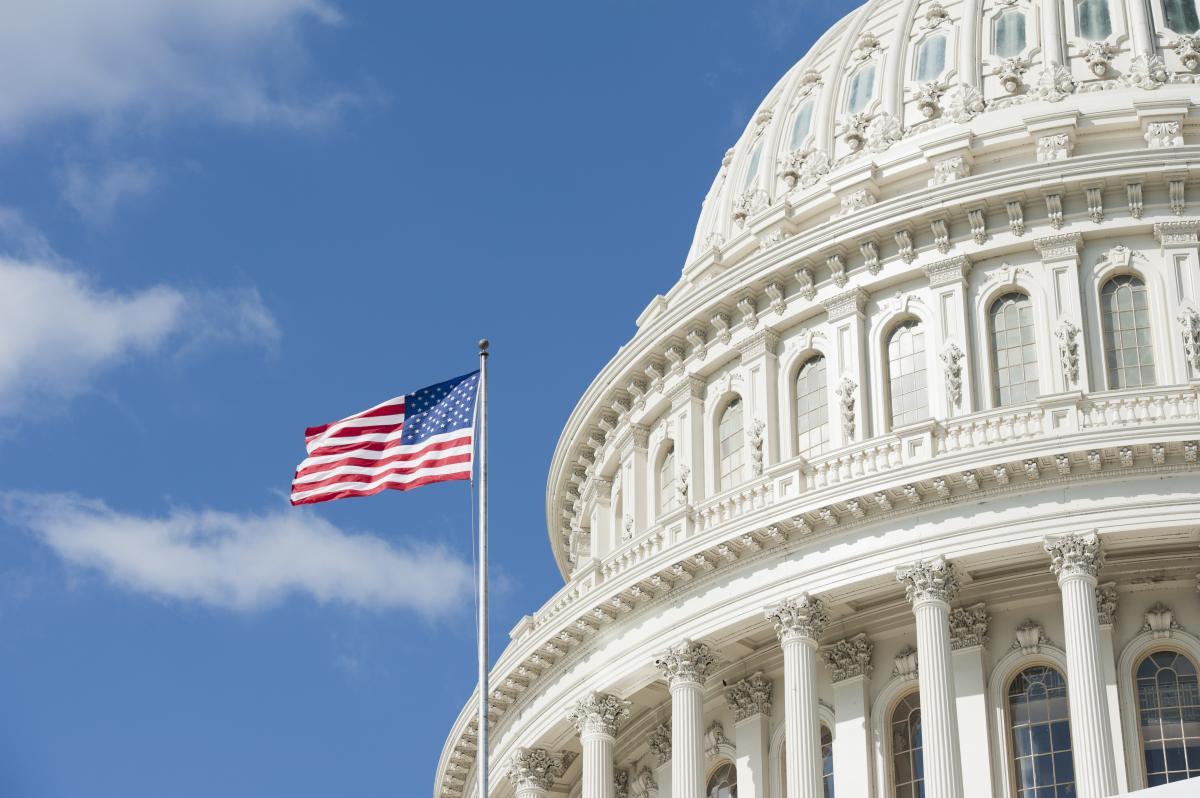 Investment tides turning
Investment tides turning
To survive, the CCP must make the world safe for autocracy. Since globalisation is a phenomenon not just of goods and services but of criticism, too, Chinese censors will seek to extend their reach further into the heart of Western societies and economies. Businesses dependent on Chinese money will come under sustained pressure to conform to CCP positions on everything from Hong Kong to Uighur detention camps and Taiwan. (Apple, Arsenal Football Club and America’s NBA are just three prominent recent examples to fall off this tightrope.) As the values clash becomes more prominent, it will be harder for international businesses to maintain feet in both camps.
Beyond the more obvious risks of geopolitical shocks to markets, the new Cold War will touch almost everything. When bond yields peaked in 1981, China had just begun its extraordinary ascent. Now world order is bifurcating just as yields reach record lows. This is likely to be a world of materially higher geopolitical risk, complexity, volatility and, ultimately, inflation. Governments will have little choice but to spend more to address deteriorating geopolitical security alongside climate change, ageing demographics and domestic political unrest. Unlike the aftermath of the Credit Crunch which saw emergency stimulus concentrated on the financial sector, this government spending will hit the real economy directly. Squaring the funding circle for our already heavily leveraged governments? Central banks, which will keep rates low to ensure debts remain sustainable. With historic indebtedness thus likely to prevent material interest-rate hikes, financial repression is here to stay.
Concerted Chinese and Russian attempts to ‘de-dollarise’ could undermine the greenback’s value and increase US yields. China will need to liberalise its own currency market if the yuan is ever to be a plausible dollar alternative (this probably also means China does not want a dramatic devaluation if it can avoid it). Investors should reappraise valuations for businesses whose high multiples are predicated on continuing China-led growth. Such market access cannot be taken for granted. China’s patriotic consumers are a ‘Great Power’ in their own right—just ask Japanese car makers operating in China during the 2012 Senkaku dispute. The risk of companies unwittingly becoming geopolitical proxies is high. And if hegemonic spheres become the order of the day, individual emerging markets may become ‘winner takes all’, plumping entirely either for Chinese or US suppliers and technological standards.
Mergers and acquisitions, particularly in the technology sector, are increasingly subject to national security considerations and capital markets themselves are being weaponised. In a nod to the other great investment hegemon of the early 21st century—indexation—US politicians have proposed legislation to prevent US government pension funds shifting their benchmarks from developed world assets to those that include Chinese and Russian stocks. It is easy to imagine a world where managers controlling trillions of dollars of assets look to divest not simply from carbon-intensive industries but from oppressive authoritarian regimes, too. Benchmarks are a brewing battleground.
 New opportunities
New opportunities
After 30 years in which finance and business had a free hand, investors will increasingly have to acclimatise themselves to a world where geopolitics trumps all. Yet this is a Cold War unlike the last, with perpetual battlefields in business, technology, cyberspace, trade, markets and outer space. Investors are on the front line of them all. Some argue that ICT is a general-purpose technology which will overwhelm the fallout from Sino-US disengagement. This, it is suggested, could keep globalisation and the deflation machine—covered elsewhere in these pages—on track, and with it the present monetary and market paradigms. This seems unlikely. Technology is just one dimension of a complex post-Cold War political economy which has been deflationary in nature. China’s re-engagement with the global economy has been another. Disengagement threatens the reverse.
While new dimensions offer domains for less conventional conflict, the critical danger is that Cold War II creates a ‘Black Swan factory’ akin to earlier eras: a geopolitical setup which magnifies seemingly small or isolated events into issues that threaten markets broadly. (Think of Archduke Franz Ferdinand’s assassination in 1914.)
But with these challenges come equally large opportunities. Whether in cyber security, defence, drones, AI, strategic resources including food and water, gold and precious metals, index-linked bonds, infrastructure plays, cheap stocks hit by temporary admission to the Entity List, or strategic beneficiaries of diverted trade, investment and capital flows, the possibilities abound.
Welcome to Cold War II.
1. Office of the United States Trade Representative (ustr.gov)
The views expressed in this article are not intended as an offer or solicitation for the purchase or sale of any investment. The information is fact based and does not constitute investment research, investment advice or a personal recommendation, and should not be used as the basis for any investment decision. Ruffer LLP is authorised and regulated by the Financial Conduct Authority.






